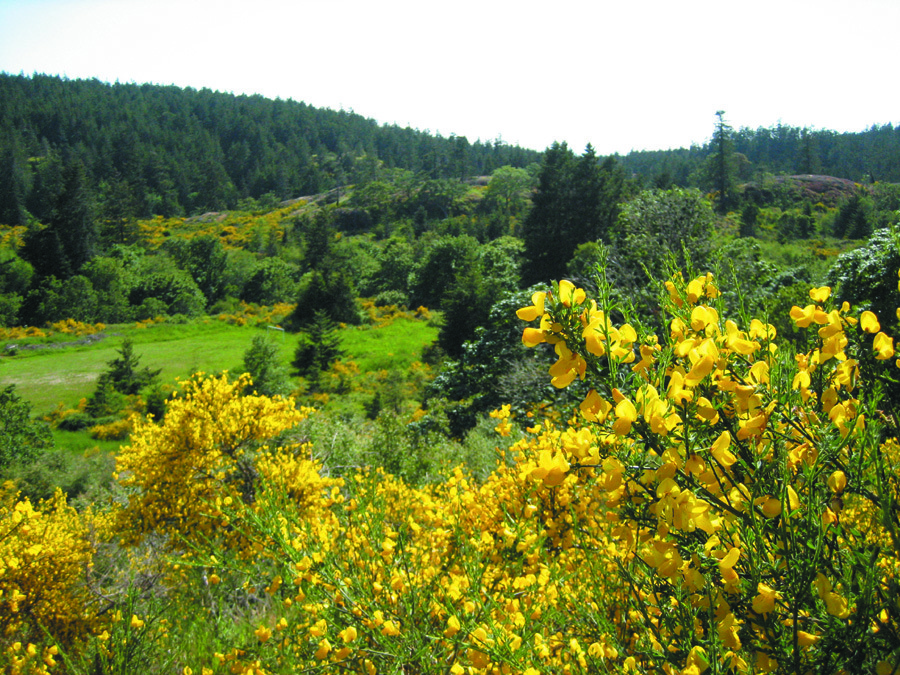Did you know that sometimes it’s better not to remove invasive species?
By late summer and fall, many invasive plants have already flowered and produced seeds. At this stage, removing them can actually make things worse! That is because removing invasive plants after they’ve produced seeds could help the plant spread in the area… and that’s certainly not the goal!
Let’s look more specifically at some invasive species that have a sneaky, explosive dispersal method. If disturbed by wind, animals, people, or equipment, their dried seed pods will burst, scattering seeds farther and spreading the infestation. Read on to learn about a few species to avoid removing this fall:
Smallflower touch-me-not
Although this species is very easy to remove in the spring and early summer, we don’t recommend pulling this plant out once it has flowered and produced seeds. This is because if it’s disturbed, smallflower touch-me-not can launch its seeds up to 3.4 metres away! Fun fact: this species is part of the Impatiens genus, which stands for “impatient” in Latin. Furthermore, its common name “touch-me-not” refers to the explosive nature of its seed pods.

Smallflower touch-me-not in flower
Himalayan balsam
This species is part of the same Impatiens genus as smallflower touch-me-not, and shares the same trait of exploding seedpods. In fact, Himalayan balsam can eject seed pods as far as 6 meters away! Instead of removing this species in the fall, aim to remove these plants in early summer – before they set seed. Once seeds are mature, it’s best to wait until next season.

Himalayan balsam in flower
Scotch broom
Scotch broom is part of the pea family and produces bright yellow pea-like flowers and flattened legume-like seedpods. When dried, these seedpods split and explode, which can spread up to 10,000 seeds per plant. Once Scotch broom starts producing seed pods, we don’t recommend removing this plant, as you may be spreading these seeds further. Instead, remove Scotch broom in the spring or early summer. A great way to remember this is that it’s best to “cut broom while in bloom”!

Scotch broom in flower
What can I do instead?
Thankfully, not all invasive plants spread by exploding seedpods. Other invasives like English ivy, yellow lamium, or common periwinkle spread mainly through vegetative roots. That means they can be removed year-round without increasing the risk of spreading the infestation. Just be sure not to leave any plant parts, roots, or stems behind!


Add Comment